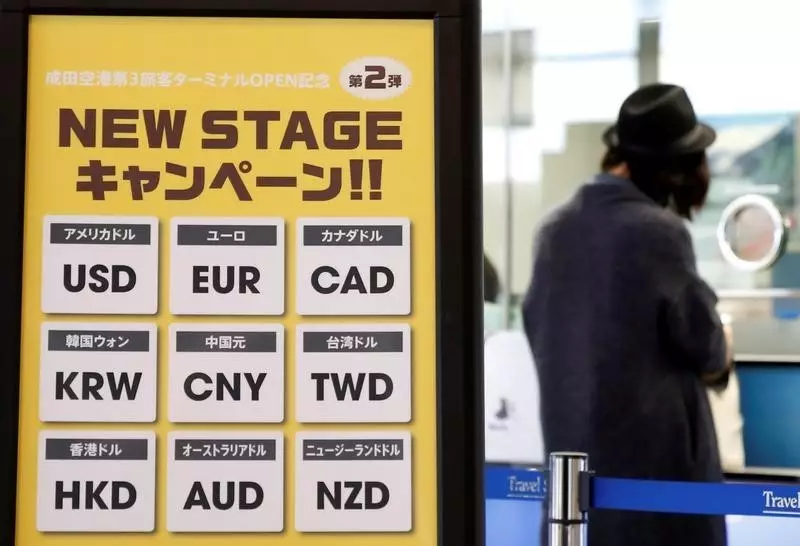As the world slowly transitions into a new political landscape with the incoming U.S. presidency, Iran has signaled that 2025 could mark a pivotal year for its nuclear ambitions. This assertion was notably made by Iranian Foreign Minister Abbas Araqchi during a recent press briefing in Beijing. He highlighted the importance of this date concerning Iran’s nuclear policy, creating ripples of intrigue and concern within international diplomatic circles. The ambiguity surrounding the potential implications of 2025 leaves room for speculation and analysis, raising questions about how this timeline intersects with U.S. relations and the broader geopolitical climate.
The backdrop to Araqchi’s statements is the fraught history of U.S.-Iran relations, particularly following the U.S.’s withdrawal from the Joint Comprehensive Plan of Action (JCPOA) in 2018 under President Trump. This withdrawal fundamentally altered the delicate balance that had been established, wherein Iran agreed to limit its nuclear activities in exchange for the lifting of economic sanctions. The ramifications of this power shift are still being felt, as much within Iran as on the international stage.
In the wake of Trump’s election victory, concerns are mounting about the potential reactivation of harsh economic sanctions that may accompany a return to the “maximum pressure” strategy. Analysts speculate that such moves could embolden other regional players, notably Israel, to intensify military threats against Iranian nuclear facilities. The rhetoric from Tehran suggests that the Iranian leadership is acutely aware of these threats, indicating a sense of urgency in its diplomatic maneuvers.
However, amid these geopolitical tensions lies a pressing domestic crisis. The Iranian rial is currently experiencing unprecedented depreciation, hitting disturbing new lows against the U.S. dollar. As reported, the currency value dipped to an alarming 820,500 rials per dollar, contributing to a growing sense of economic instability. This dramatic fall is symptomatic of broader economic strains, including an inflation rate hovering around 35%, prompting citizens to convert their savings into foreign currencies, gold, and cryptocurrencies. This flight reflects a lack of confidence in local economic conditions and increases the difficulty of day-to-day transactions for ordinary Iranians.
The projection of significant developments for Iran in 2025 raises critical questions about the country’s strategic planning in response to external pressures and internal challenges. Whether the predictions signal a critical juncture for Iran’s nuclear program, a diplomatic breakthrough, or further isolation remains uncertain. The evolving dynamics of U.S. foreign policy and its alignment with key regional actors will undoubtedly play a pivotal role in shaping these outcomes.
While the implications of 2025 loom large in Iranian political discourse, the realities on the ground underscore the complicated interplay between international diplomacy and domestic economic stability. As Iran navigates these turbulent waters, global observers will remain vigilant, seeking to discern how these developments will influence the future of nuclear proliferation and regional security in the Middle East.

